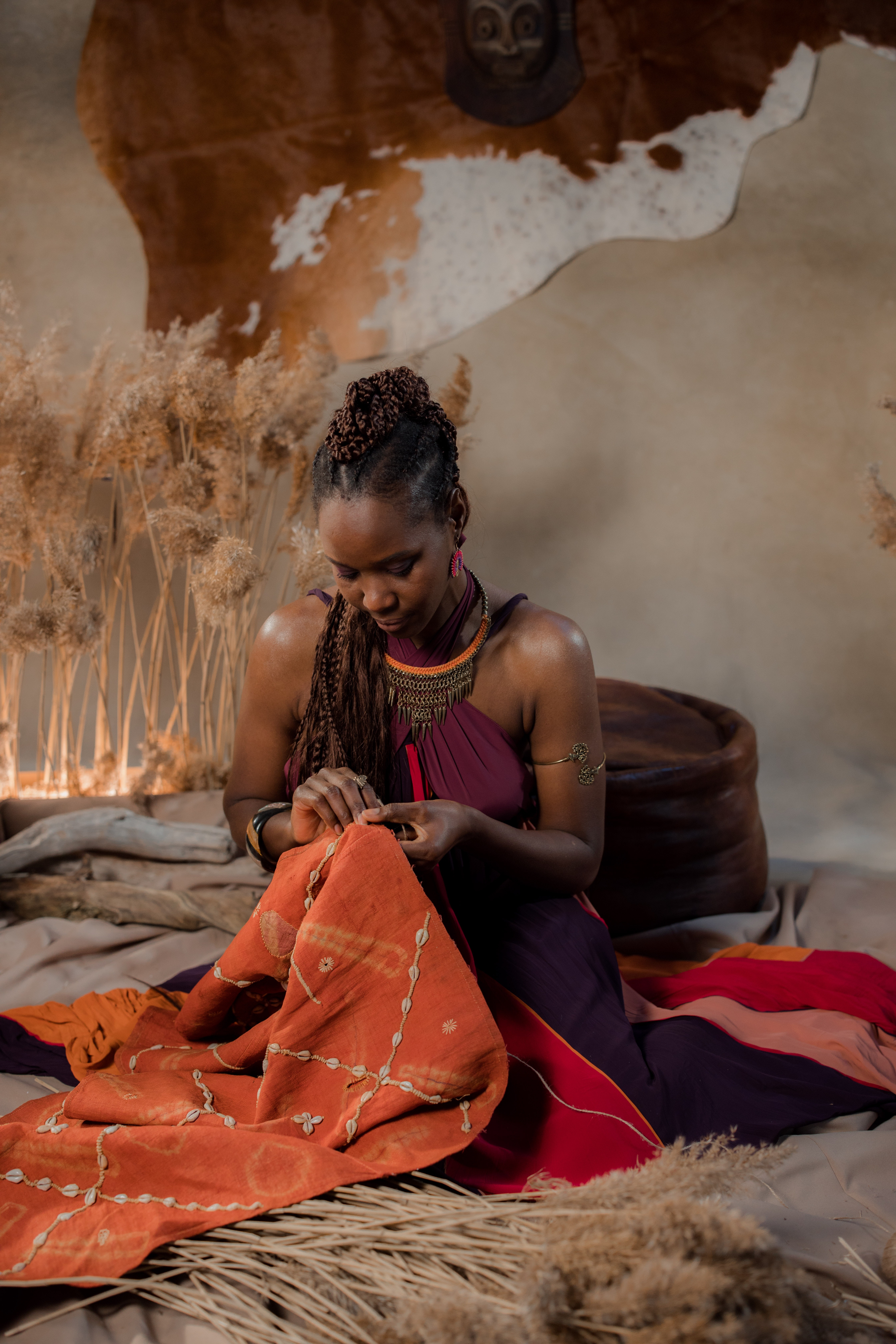Africa’s diverse landscape is woven together not only by its breathtaking natural beauty but also by the intricate threads of textile weaving traditions that have thrived for centuries. Join us on an interactive journey through this rich tapestry as we explore the art of textile weaving in different African countries and learn about the artisanal communities that bring these traditions to life.

Ghana: Kente Cloth
Location: Ashanti and Ewe communities
Artisanal Communities: Ashanti and Ewe weavers
Description: Kente cloth is a symbol of Ghanaian cultural heritage. Ashanti weavers, known for their vibrant, geometric patterns, and Ewe weavers, celebrated for their intricate designs, use hand looms to create this iconic fabric. Each Kente pattern tells a unique story, reflecting social status, spirituality, and history.
Interactive Activity: Try your hand at Kente weaving with a virtual loom simulator to appreciate the complexity of this art.
Nigeria: Aso-Oke
Location: Yoruba communities
Artisanal Communities: Yoruba weavers
Description: Aso-Oke, meaning “top cloth” in Yoruba, is a handwoven fabric often used for special occasions. Yoruba weavers create intricate patterns and use natural dyes to produce this elegant textile. Explore the distinct motifs and colors that hold cultural significance.
Interactive Activity: Design your Aso-Oke pattern using an online tool to understand the artistry behind this traditional cloth.
Mali: Bogolanfini (Mud Cloth)
Location: Bambara and Malinke communities
Artisanal Communities: Bambara and Malinke artisans
Description: Bogolanfini, or mud cloth, is an ancient Malian art form. Artisans use fermented mud and plant-based dyes to create unique, earth-toned designs on cotton fabric. Each motif represents stories of the Mali people’s history, beliefs, and daily life.
Interactive Activity: Experiment with mud-cloth-inspired digital painting to appreciate the intricate patterns and symbolism.
Ethiopia: Ethiopian Shamma
Location: Various regions, including Addis Ababa
Artisanal Communities: Ethiopian weavers
Description: The Ethiopian Shamma is a colorful, handwoven cotton cloth often worn as a traditional garment. Skilled weavers in various regions create distinct patterns, showcasing the country’s cultural diversity. Explore the regional variations in Shamma designs.
Interactive Activity: Create your virtual Shamma using an online design tool to understand the significance of regional patterns.
South Africa: Ndebele Beadwork
Location: Ndebele communities
Artisanal Communities: Ndebele artisans
Description: Ndebele beadwork is renowned for its geometric and vibrant designs. Artisans use glass beads to create intricate jewelry and decorative items. Each beadwork piece carries cultural symbolism and reflects the Ndebele people’s identity.
Interactive Activity: Design your Ndebele-inspired beadwork pattern online to grasp the precision and symbolism involved.
The art of textile weaving in Africa is a testament to the continent’s cultural diversity and rich heritage. By exploring the distinctive traditions in various countries and engaging in interactive activities, we gain a deeper appreciation for the artisanal communities that keep these weaving traditions alive. These textile masterpieces continue to bridge the past and present, weaving together stories, identities, and the vibrant spirit of Africa.





